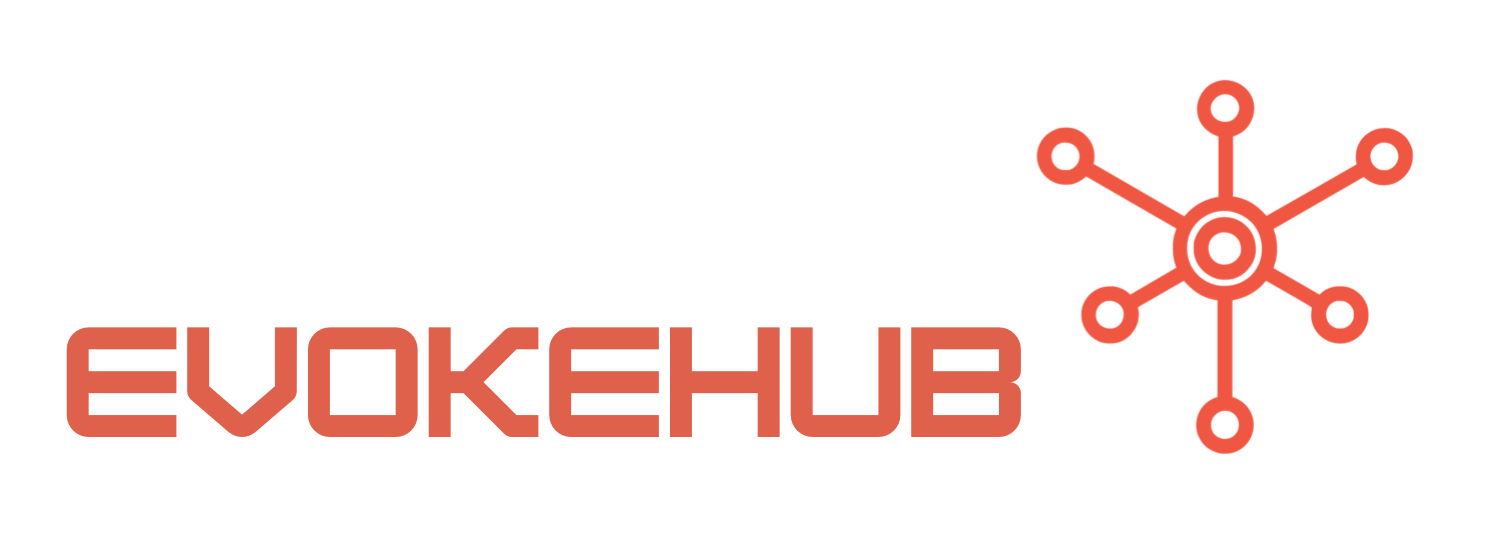Unleash the Magic of Job Scheduling with Hangfire Joyfully!
Imagine having the power to schedule tasks in your .NET applications with just a few lines of code! Hangfire makes this dream a reality, providing a delightful API that allows you to create background jobs with ease. From simple recurring jobs to complex delayed tasks, Hangfire simplifies the scheduling process so you can focus on what you do best: building amazing applications! The joy of scheduling is not just about convenience; it’s also about enhancing productivity and ensuring tasks run smoothly without manual intervention.
Setting up Hangfire is as easy as pie. Just add the Hangfire NuGet package to your project, configure it in your Startup class, and voilà! You’re ready to start scheduling. With its seamless integration with ASP.NET, Hangfire allows you to manage background jobs using a beautiful dashboard that you can access in your browser. This vibrant interface makes it easy to view job statuses, retry failed jobs, and even visualize job history. No more guessing games; everything is right there at your fingertips!
But the real magic lies in the flexibility Hangfire offers. You can schedule tasks to run immediately, in the future, or at specific intervals. It can handle various job types, from fire-and-forget jobs to recurring tasks that run every hour, day, or week. You can even prioritize jobs and manage them with ease! With Hangfire, you have a powerful ally in your quest for efficient job scheduling. So, let the magic unfold, and watch your .NET applications soar to new heights of productivity!
Dive into a Delightful Adventure of .NET Scheduling Mastery!
As we delve deeper into the delightful adventure of mastering job scheduling with Hangfire, let’s explore some of the enchanting features that make it stand out. One of the most captivating aspects is its ability to handle retries for failed jobs automatically. Imagine enjoying the peace of mind knowing that if something goes awry, Hangfire will attempt to rerun the job for you! This feature is particularly useful for tasks that may face temporary issues, allowing your applications to be robust and resilient without additional effort on your part.
Moreover, Hangfire’s use of persistent storage is a game changer. It allows your jobs to survive application restarts and crashes. You can store job information in various databases, such as SQL Server or Redis, ensuring that your scheduled tasks are not just ephemeral; they are durable! The thrill of knowing that your jobs are safe and sound, waiting to be executed even after a system hiccup, adds to the joy of using Hangfire. It’s like having a safety net that allows you to take leaps in your development journey without fear of falling!
Let’s not forget about the community surrounding Hangfire, which adds a layer of charm to this delightful library. With extensive documentation, tutorials, and an active user community, you’re never alone on this journey. Whether you’re seeking advice or looking to share your insights, you can connect with fellow developers on forums and platforms like Stack Overflow and GitHub. This sense of camaraderie makes the learning process not just educational but also fun, as you share the ups and downs of mastering job scheduling together!
Congratulations! You’ve taken a joyful leap into the enchanting world of job scheduling with Hangfire in .NET. By mastering this delightful library, you’ve equipped yourself with the tools to create efficient, reliable, and resilient applications. Whether your tasks are simple or complex, Hangfire transforms the way you approach background processing, bringing a smile to your coding endeavors. So, keep exploring, keep coding, and continue embracing the magic of Hangfire as you craft applications that not only meet but exceed expectations! Happy coding! ✨




